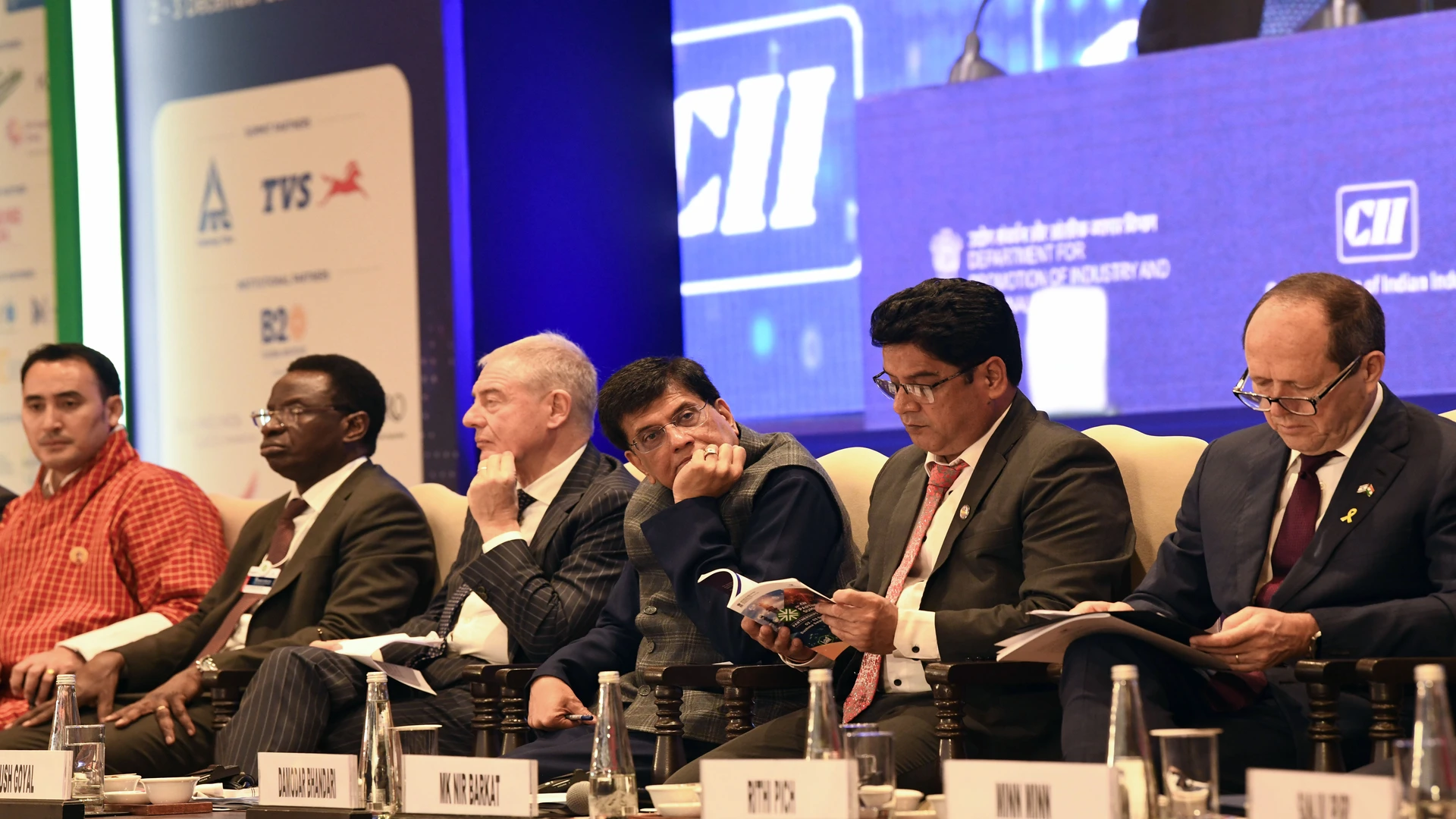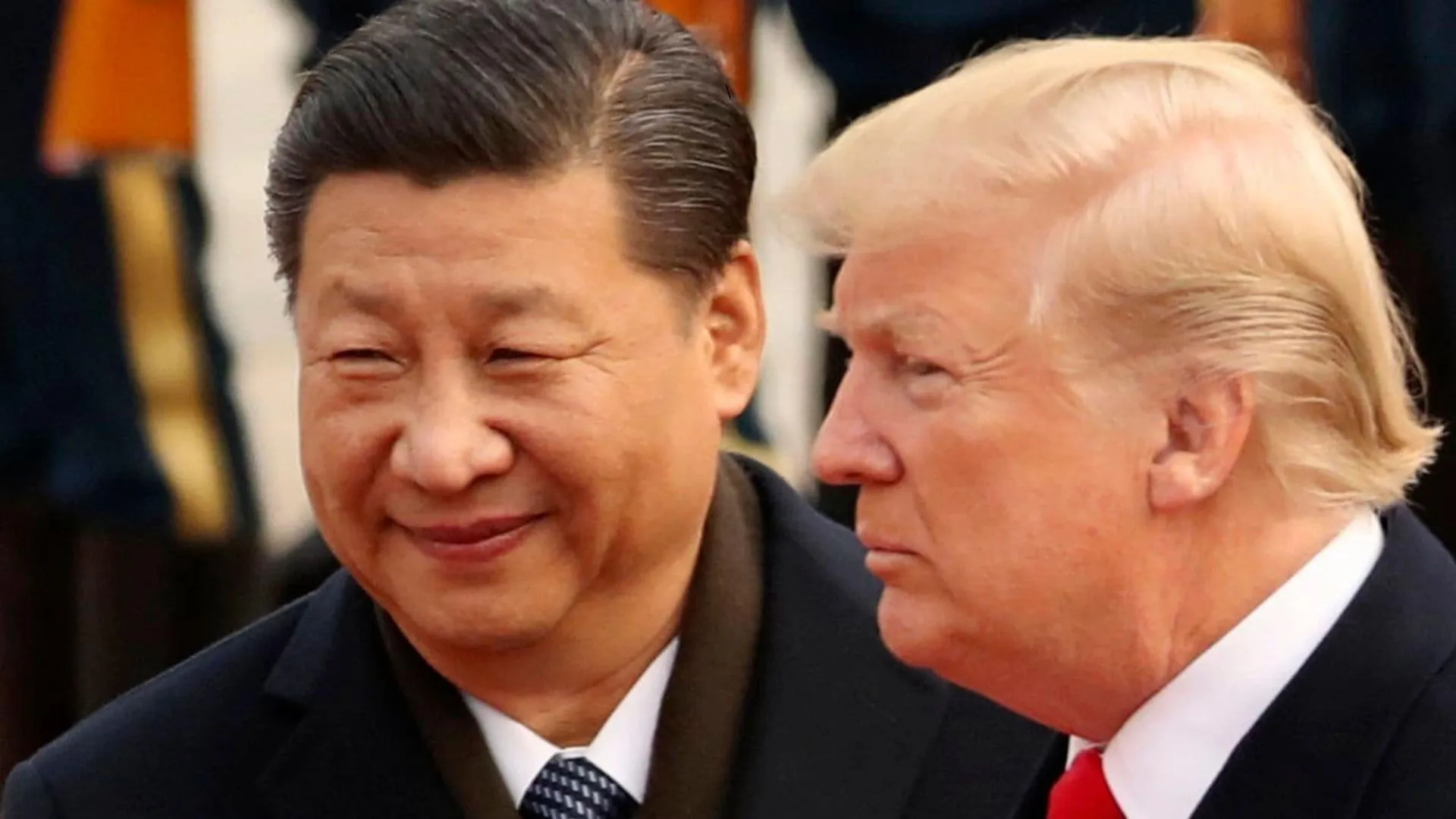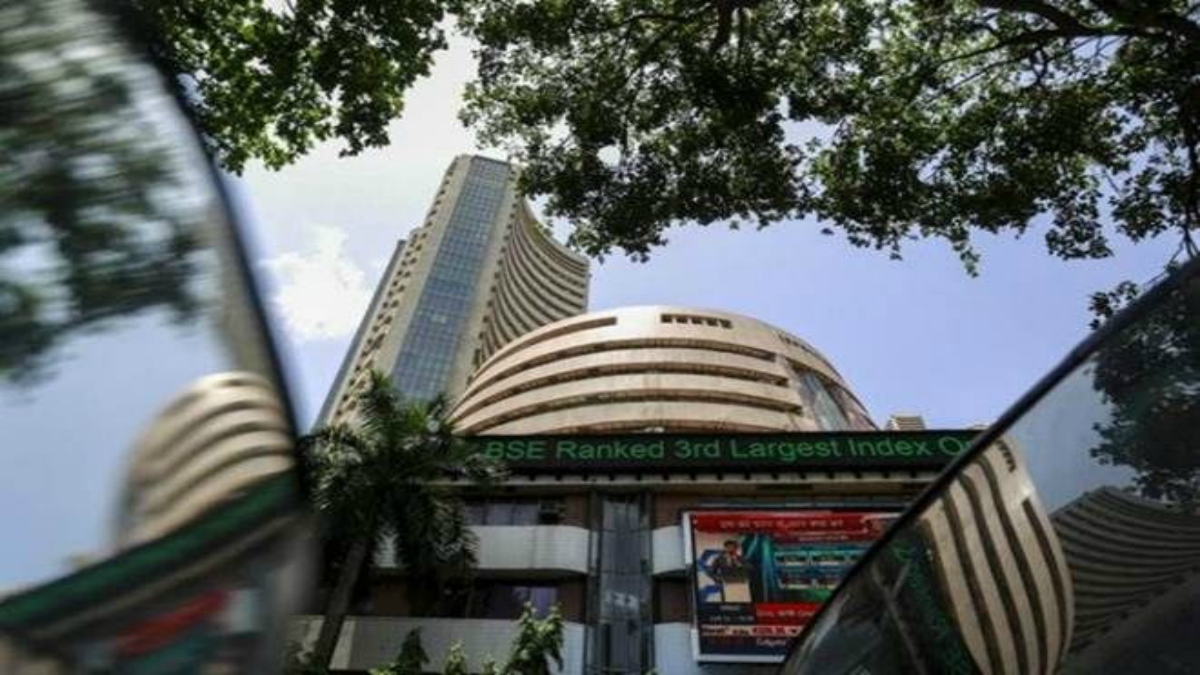CII Urges Centre to Maintain Fiscal Discipline in Upcoming Budget
The Confederation of Indian Industry (CII) has called on the Central Government to maintain the fiscal deficit target of 4.9% of GDP for FY25 and aim for 4.5% in FY26 in the upcoming Union Budget. Highlighting the importance of fiscal prudence, CII also advised against overly aggressive targets that could hinder economic growth.
“India has been growing rapidly amidst a slowing global economy. Prudent fiscal management for macroeconomic stability has been pivotal to this growth,” said Chandrajit Banerjee, Director General of CII.
Banerjee lauded the government’s fiscal approach, stating, “The fiscal management has maintained the perfect balance between the fiscal deficit and fiscal support to growth. This has provided macroeconomic stability to the economy and helped build resilience in an environment of great global economic uncertainty.”
Debt Reduction and Fiscal Stability
CII has welcomed the government’s focus on maintaining fiscal deficit levels that aid in reducing the debt-to-GDP ratio. It has suggested a glide path to lower the Central Government’s debt to below 50% of GDP by 2030-31 and to 40% in the long term. This, according to CII, would positively impact India’s sovereign credit rating and lower overall interest rates in the economy.
The organization also proposed instituting Fiscal Stability Reporting to aid long-term fiscal planning. Banerjee explained, “This could include issuing annual reports on fiscal risks under different stress scenarios and the outlook for fiscal stability.”
The reports, he suggested, should incorporate long-term forecasting (10-25 years) of fiscal positions, factoring in variables like economic growth, technological change, climate change, and demographic shifts. “Several countries have adopted this proactive approach, ranging from 10 years in Brazil to 50 years in the UK,” Banerjee noted.
Also read: Trinamool Leader Kunal Gosh Joins Protest Against Minority Violence in Bangladesh
Fiscal Prudence at the State Level
Banerjee emphasized the importance of fiscal discipline at the state level, pointing out that combined state government spending exceeds that of the Union Government.
CII has proposed three key interventions to promote fiscal prudence among states:
Encouraging State-level Fiscal Stability Reporting.
Strengthening oversight of states borrowing directly from the market and providing guarantees for state public sector enterprises.
Establishing an independent, transparent Credit Rating System for States to incentivize fiscal discipline.
Banerjee suggested that state credit ratings could be tied to financial autonomy and determine their eligibility for schemes like Special Assistance as Loans for Capital Expenditure. “Such rewards will act as a strong incentive for state governments to prioritize fiscal prudence and sustainability,” he added.
Building a Sustainable Fiscal Path
CII’s recommendations aim to bolster India’s fiscal stability while fostering long-term growth. By balancing fiscal discipline at both central and state levels, the proposals could enhance India’s resilience against global economic challenges and create a foundation for sustained economic prosperity.























